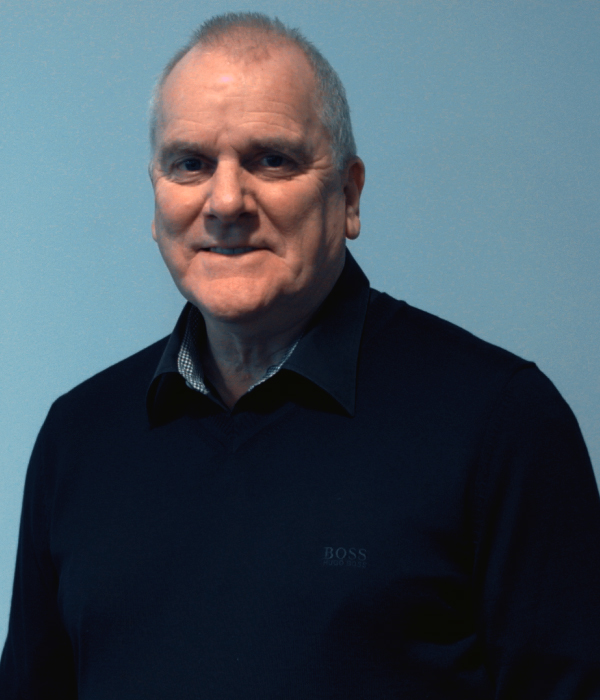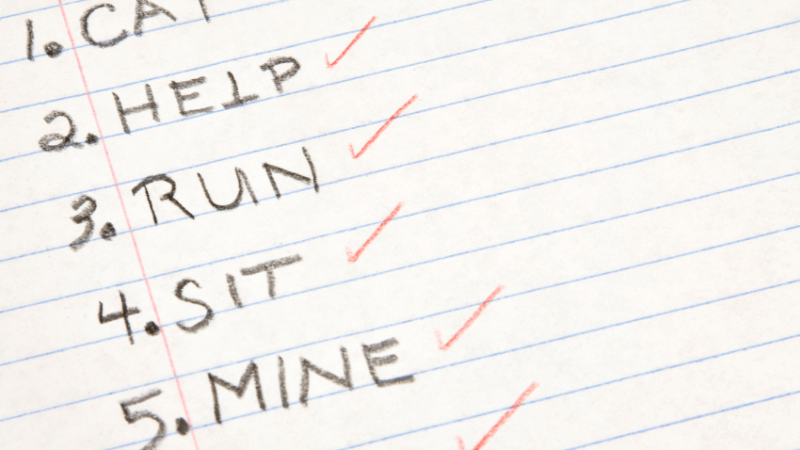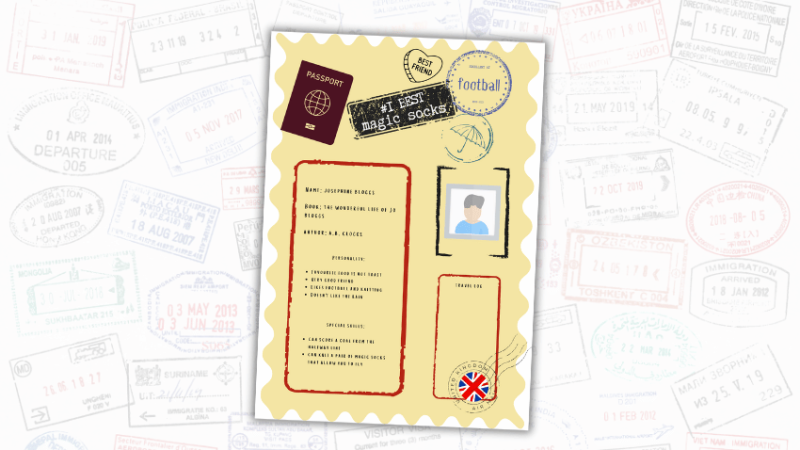Fewer Things, Greater Depth – How To Master Mastery

There’s been a seismic shift in primary mathematics of late – here's Clive Davies OBE to help you understand, recognise and implement mastery teaching into your curriculum…

- by Clive Davies

Right now we’re undergoing some of the greatest changes to classroom practice since the introduction of the first national curriculum in 1988. And this includes an essential change in mathematical pedagogy. The method of racing learners through sub levels, as if beholden to some invisible deadline, is being abandoned to ensure a deeper understanding of each objective. Now, mastery is at the heart of the curriculum, and nowhere is this more apparent than at the end of KS2. Subject leaders and teachers must therefore get to grips with implementing this new way of thinking. We need only look at the 2016 tests, where children were expected to organise how to set out questions such as 17 + 72, to see the need for pupils to have a deep understanding on the basic skills. It is no longer enough to give pupils a single method and have them repetitively complete the same questions with different figures. Achieving ‘mastery’ requires an assured level of subject knowledge from each member of staff, and the ability to recognise when a pupil has truly grasped a mathematical concept.
What is mastery in maths?
“If people knew how hard I worked to get my mastery, it wouldn’t seem so wonderful at all.”
This quotation from Michelangelo perhaps best illustrates that ‘mastery’ level can only be achieved with challenging work and substantial time. And with time in our school year being so limited, this means stripping the curriculum down and teaching fewer things in greater depth. This links mastery with the already-familiar concepts of shallow and deep learning. If shallow learning is superficial and temporary, then deep learning can be recalled and used appropriately. Mastery takes this one level further, to where learning can be transferred and applied to different contexts. But this isn’t all there is to mastery. There isn’t currently one single definition, but one way to describe it is when a child reaches a state of ‘unconscious competence’, where particular ways of thinking are so familiar they become effortless. To achieve this, a child should:
• Be fluent in the fundamentals of mathematics. This includes varied, frequent practice with increasingly complex problems.
• Reason mathematically by following a line of enquiry, conjecturing relationships and generalisations, and developing an argument, justification or proof using mathematical language.
• Solve problems by applying mathematics to a variety of routine and non-routine problems with increasing sophistication. This includes breaking down problems into a series of simpler steps and persevering in seeking solutions.
How can we recognise mastery?
But how exactly can you tell when a pupil really ‘gets’ a mathematical concept, idea or technique? It boils down to independent, consistent working, and an ability to explain her own understanding. Here are some practical methods to judge children᾿s understanding:
• Can they describe the concept in their own words? Can they explain the concept to somebody else – for example, a younger pupil?
• Can they represent the problem in a variety of ways, perhaps using real-life objects, or pictures and symbols. For example, children might be able to recognise triangles being used in the environment for their strength, such as pylons and tessellations in buildings.
• Can they make up their own examples of the problem? Crucially, are they also able to make up a non-example?
A Year 3 class learning about perimeter may be asked to create a zoo enclosure within a certain space. Given the overall perimeter of, say, 100m x 80m, they would create lion and tiger areas to a specified perimeter with the space. After working out their own answers, they can then give their peers specifications for a third enclosure.
• Can they recognise and make use of the concept in new situations and contexts?
A pupil should be able to see connections between their learning and the other facts and ideas, making use of it in various ways, including in new situations.
Helping a child achieve mastery
Teachers may default to accelerating able pupils through new material once a concept appears to be grasped. Instead, we should allow more time for students to thoroughly get to grips with a concept once they are able to complete a few problems. They should be challenged through more-complex problem solving, allowing their learning to deepen. Teachers also need to be wary of giving questions and problems involving ‘harder’ numbers to more-able pupils. Instead, they should focus on increasingly challenging ways of presenting the problem – for example: ‘Mum is 23 years older than Henry, and 3 years younger than Dad. If the total ages of all three is 73, how old is Mum?’ Questions like this propose a problem and encourage children to engage in considering how to approach it, rather than simply calculating the answer. In this example some children might just opt for a trial-and-error approach. But by encouraging them to consider what they already know from the question, there will be much more logic to their way of working.
So, we know the following:
Mum = Henry + 23 Dad = Henry + 26
Now apply this knowledge to the overall position of Mum + Dad + Henry = 73. We can try starting with Henry aged 5, and recognise that dad would have to be 31 and mum would have to be 28. This would give us a total of 64, which is nine short.
Henry must therefore be 8, because the amount short must be divided by the three people.
In at the deep end
Though a learning curve is to be expected, the emphasis on mastery in the teaching of mathematics can only be a positive change. Children who meet the Year 6 standards should find the transition to KS3 smoother, and cope with the changes exceptionally well. Essentially, we need to build into our mathematics curriculum the important stage of checking if children have attained ‘mastery’, which can be done in the form of well-thought-out activities, rather than formal assessment. Done consistently throughout the curriculum, this could prove to be a more-reliable indicator of a child’s level of understanding than testing.
Digital learning
Five questions for Year 6 pupils to develop mastery…
• When I count backwards in 50s from 10, will I say -200?
• Create seven-digit numbers where the digit sum is 8, and the tens of thousands digit is 2. For example, 3,022,001 – What is the largest/smallest number you can make?
• Find three consecutive numbers
– The first has to be a multiple of 2 – The second a multiple of 3 – The third a multiple of 4. – Now find some more. What do you notice?
• Three 4-digit numbers total 12,435. What could they be?
• My age this year is a multiple of 8. Next year it will be a multiple of 7. How old am I?
Clive Davis OBE is the founder of Focus Education – a family-run organisation providing advice and educational support to over 3,500 primary schools and academies in the UK; for more information, visit focus-education.co.uk or follow @focuseducation1







